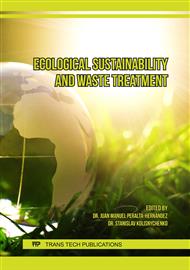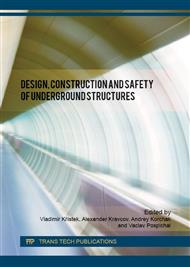p.17
p.25
p.33
p.36
p.45
p.51
p.59
p.65
p.72
The Impact of Construction Activities on Vegetation
Abstract:
The environmental effects of civil engineering activities can generally be divided into positive and negative. The construction process itself, however, with a few exceptions (e.g. possible consumption of waste materials) is typically characterised by the negative impacts. In practice, it is often not possible to avoid these negative impacts but only to minimise them. The necessity of protecting vegetation while conducting building activity springs from the effort to maintain all the positive functions of vegetation in the human life environment. A large leaf area, representing up to ten times the tree crown ground plan and its ability to catch dust particles on its surface, makes vegetation an important element in lowering the amount of dust in the air (a decrease of up to 70%).
Info:
Periodical:
Pages:
45-50
Citation:
Online since:
July 2016
Authors:
Keywords:
Price:
Сopyright:
© 2016 Trans Tech Publications Ltd. All Rights Reserved
Share:
Citation:



